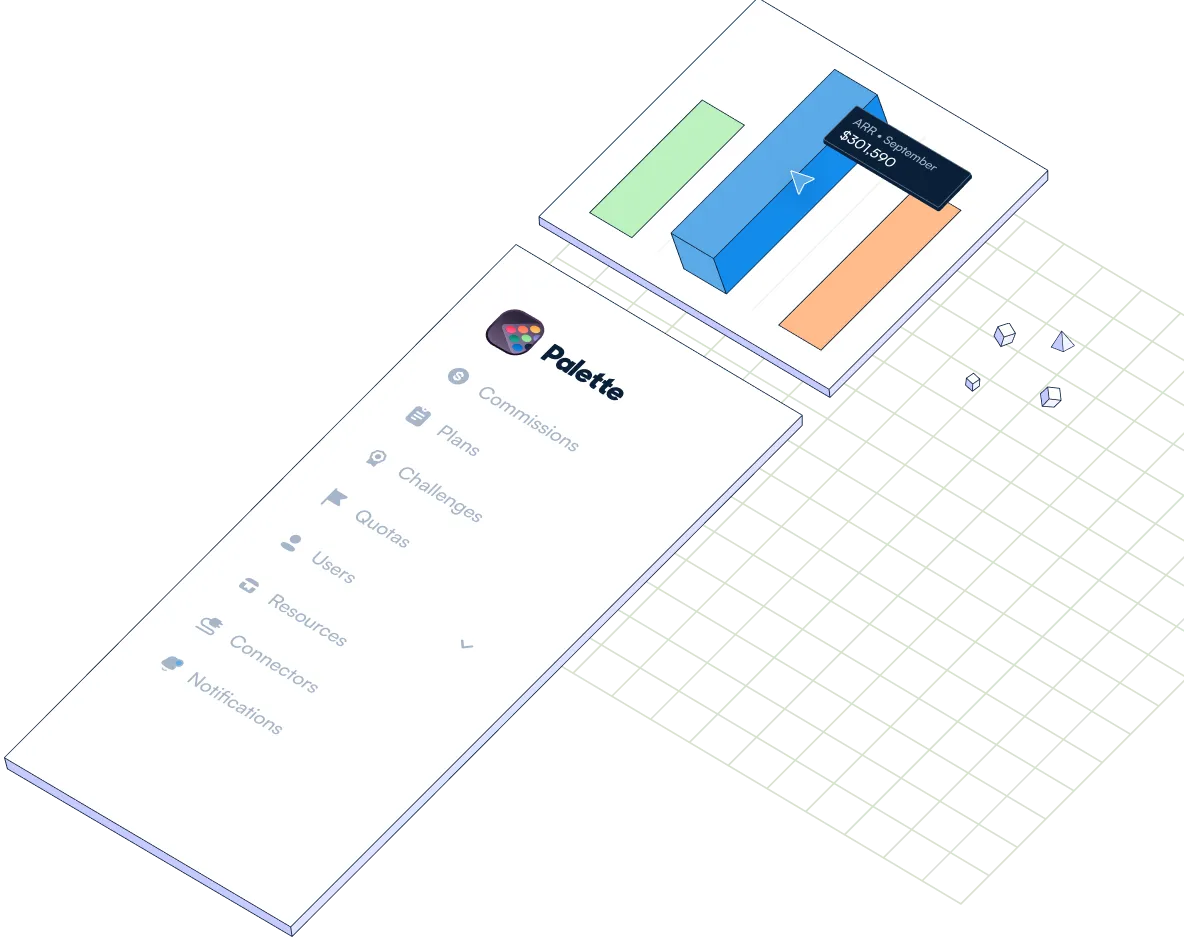Continuous Accounting Overview and Benefits
The Challenges of Accounting
Digital transformation continues to create change and greater efficiencies across industries. In the words of venture capitalist Marc Andreessen, “software is eating the world” as it automates and streamlines manual processes. As companies increasingly adopt software to save time, reduce errors, and improve productivity, there is increased pressure across business units to adapt new technologies in order to realize these gains and maintain competitiveness.
As more companies realize the benefits of speedy and actionable data in decision making, accounting teams are increasingly expected to deliver real-time reporting on their organization’s performance. This is difficult when accounting processes are so often based on providing a snapshot into performance on a past date.
Meanwhile, much of the digital innovation in recent years has been around modernizing data storage and data warehousing, processing, and analytics. These innovations can also help bring value to accounting departments.
What is R2R Accounting?
R2R stands for Record-to-Report. The first phase of R2R, record, involves recording all transactions for an organization. This can include receipts, payments, invoices, and payroll. Accuracy is paramount, and requires strict oversight into data quality. Part of this process is a financial close, which consists of a periodic full consolidation, review, and reconciliation of all transactions with the relevant bank accounts. The second phase of R2R, report, involves compiling this data into reports, such as balance sheets and income statements, which provide a picture of the financial performance and health of the organization. An important feature of the R2R process is the defined time period when it takes place, often a fiscal year or quarter. This helps provide a standard period for analysis, but also restricts analysis to specific points in time and delays the analysis process until reports are ready each period. Reporting is often a time consuming process and this can produce meaningful lag time for business decisions.
The Issues with R2R
The issues with R2R can roughly be put into two categories; problems with analysis, and suboptimal productivity and work cycles. First, the reliance of R2R on defined time periods delays the speed with which an organization can analyze results. Whatever period of time is used, the organization must wait for the R2R process to finish after the period has completed before it can understand what happened in detail. The R2R process is often long and cumbersome, typically requiring data retrieval from multiple systems, data processing and formatting, reconciliations, accuracy checks, and manual fixes for inconsistencies or errors. This often delays decision making and hinders the ability of the organization to react to new developments or changes quickly. This also focuses management on reacting to past information, rather than analyzing information in near real-time and looking to the future. Organizations which have a continuous accounting process often have a competitive advantage over those using R2R, especially in volatile markets and fast moving industries where speed and agility is important.
In addition to delayed analysis, the R2R process can be tedious and time consuming. While sophisticated software solutions exist to help organizations manage this process, the R2R process is almost always still fairly complex, and often still requires manual effort and process oversight throughout R2R. For organizations with multiple data sources and formats, unstructured data, complex data structures, multiple pieces of software which don’t integrate, and systems which create inconsistent data, R2R can be laborious and painful for the accounting teams involved. R2R back-loads all of this work to the end of the period, creating uneven work cycles for accounting teams. These spikes in workload, which often involve overtime, late nights, and weekend work, have the ultimate effect of lowering productivity, increasing the likelihood of errors, and finally lowering morale as work-life balance is more difficult to achieve for these teams. This lower productivity also reduces competitiveness, as organizations which have more streamlined accounting processes are generally able to produce the same or more analysis with less resources, freeing up their accounting teams to focus on higher value tasks and work on more strategic priorities. R2R ultimately involves a greater amount of manual labor, generally making it less efficient, more error prone, and more time consuming for the organizations involved.
What is Continuous Accounting?
Continuous accounting is an approach that helps finance and accounting teams provide real-time information and unlock insights faster. It involves using automation and software to conduct accounting processes, providing a continuous stream of data. This means that the general ledger is updated with new transactions as soon as they happen, or very soon thereafter, rather than at the end of the period. Businesses can perform reconciliation as soon as their bank transactions are posted.
The Benefits of Continuous Accounting
The first and arguably the most strategically important benefit of continuous accounting is faster visibility into the business. Continuous accounting surfaces data and analysis quickly, enabling the entire organization to identify new trends and changes in the market and react to them quickly. The whole company thus becomes more agile. Rather than looking backwards at past transactions, the finance team is better equipped to look forwards and think about the future ramifications of past behavior. This makes the finance team more strategic and allows the company to better leverage accounting and financial analysis.
In addition to increasing speed to analysis, a continuous accounting approach should also improve data integrity and reduce risks associated with faulty or erroneous data. When manual processes and calculations, which are often error prone, are automated and systems are put in place to manage complexity, the risk of errors decreases and data hygiene improves. Potential breaking points in a process ranging from manual calculations to forgotten approvals are eliminated as automation ensures they all take place. This also reduces the need for data checks.
All of the time savings from automating this work improves productivity within accounting teams. Time saved on manual calculations or data checks can be used on analysis, forecasting, and scenario planning, for example. This improves the output of the accounting team and provides a valuable source of insight for the business.
Continuous accounting transforms the accounting workload; instead of peaking at the end of each period, it happens continuously throughout the period. This can have an impact on accounting team productivity and even team culture. A highly variable workload with busy periods often requiring late nights and weekend work under high pressure can increase the likelihood of errors. When workload is more predictable, teams are better able to follow the right processes, work with mental clarity, and produce high quality reports and analysis. This helps build a culture of excellence across process and data within the company. Additionally, this can help improve work life balance on accounting teams and positively contribute to team morale.
Why Palette?
Automate calculations
Automate sales commission payments. Create commission rules, define a payout schedule and access monthly statements for each sales rep.
Motivate and coach with real time dashboards
Motivate sales professionals with real-time visibility into commissions. Coach your team, align everybody with company goals and drive long term sales performance.
Compare, simulate and design commission plans
Roll out new commission plans with ease. Compare plans and simulate new rules with a single click.
No more errors
Palette keeps history logs and tracks every calculation detail, helping you to reduce sales commission errors.
Reconcile revenue with CRM data
With Palette you can reconcile invoices and payments with CRM data and pay commissions to your reps only when the money is in the bank.
Create challenges with one click
Incentivize your teams on short term goals. Create a challenge targeting any KPI you want to uplift, drive better results and boost your company’s culture.

Loved by teams and companies you know

















Ready to try
Palette?
